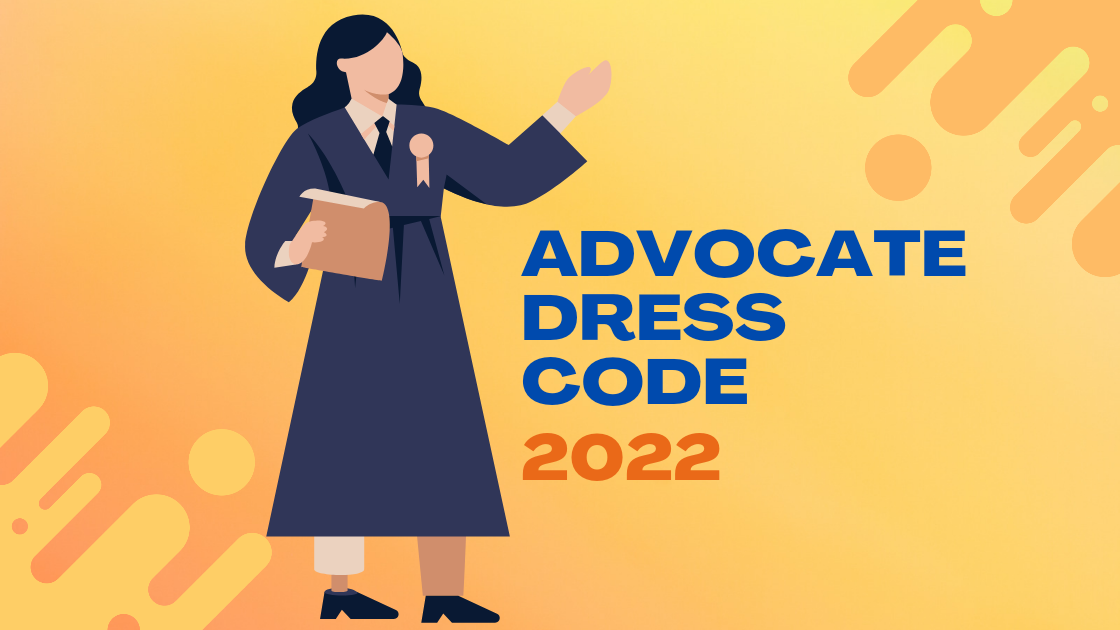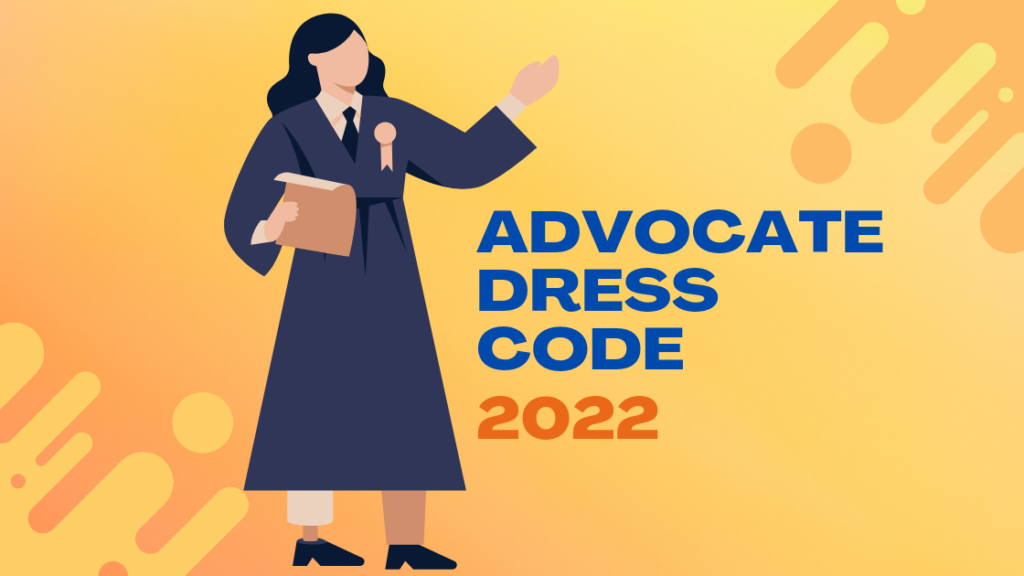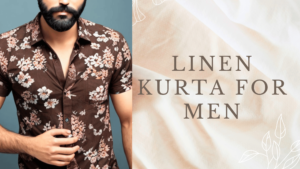The attire of lawyers is different from other professionals. It is essential to know the meaning behind wearing black with a neckband and gown, not just for lawyers but for all professionals.
Introduction of Advocate Dress Code in India 2022
A dress code can be a sign of confidence. Sign of discipline and an emblem of the profession. It is an essential element of one’s identity for professionals. The dress code for lawyers best defines the balance between keeping the formality of the court and allowing the individual to live their life as they please. The professional setting is typically determined by a code of attire, colors, fashion, and color.
The Gown and the Wig
In February 1685, when the King Charles II of England died in 1685, the public began wearing the dress as a symbol of respect for their King’s demise. This was the time when the Advocate Dress Code was established. The belief was that wearing a wig and dress gave a sense of privacy to judges and lawyers.
Wigs first became popular in the legal profession during the 17th century under the reign of King Charles II, at the time of the restoration to the monarchy. They were popular among the English upper class after their courtship of Louis XIV of France inspired King Charles II. Judges and lawyers began wearing wigs in 1680. For the next 150 years, the lawful wig was typically composed of gray or white powdered hair.
Its color is Black and White.
Some black-and-white images represent law professionals across the globe, with only some instances. Black color is generally a mix of various overtones. Like all colors, it also has positive as well as negative meanings. On the one side, it represents the death of evil, mystery, and even death; however, on the other hand, it symbolizes power and power.
The color black was selected due to two motives. The first reason was that dyes and pigments were not widely available in the past. Purple was a symbol of royalty. The only available fabric color available was black. But, the primary reason for wearing an all-black coat is because this color signifies power and authority. Black symbolizes self-submission. Like priests who wear black to express their devotion to God, Lawyers wear black to display their commitment to justice. White is a color that represents goodwill, lightness,
The Neckbands
Images The white neckbands also are a product of England. In the early English Courts, the barristers-at-law would wear white bandages in their formal attire. As the Barristers were the very first attorneys in Indian Courts, their dress was used as a symbol for the advocates of our country.
A Test of Attire: Dressing sense Male and. Female
The United Supreme Court requires attorneys present before the court to dress in formal business attire. But, the dress code test for the dress code for a female attorney is usually determined by women’s good sense of taste, good judgment, and discretion. Sandstorm in vs. State [Alaska Court of Appeal: 309 as 2nd 2d 17 (Fla app. 1975)The court used the dress test to determine that it should be connected with administering justice.
I. Dress Code for Advocates in India
Part VI Chapter IV of Bar Council of India Rules: Rules in section 49(1) (gg) in the Advocates Act, 1961.
- COAT
(a) A black buttoned-up coat chaplain, achkan, and black sherwani and white band with Advocates Gowns.
(b) Black open-breasted coat, a white shirt, white collar, soft or stiff, and white bands with Advocates Gowns.
In any case, dress in long trousers (White, Black Striped, or gray) or a dhoti, excluding jeans.
- BLACK TIE
In courts other than the Supreme Court, High Courts, District Courts, Sessions Courts, or City Civil Courts, a black tie is acceptable instead of bands.
II. Lady Advocates
Lady Advocates can wear the dress as prescribed under the Sub-Rule (b) or one of the following:
(a) Black full-sleeve blouse or jacket, White collar, soft or stiff with white bands and Advocates’ dresses. White blouse without or with collar, white bands, and an open-fronted black coat.
OR
A. SAREE OR LONG SKIRT
(b) Long skirts, sarees (white or black, or any subdued or soft color that does not have any pattern or design) as well as flare (white black, black or white with gray or stripped) and Punjabi dress churidar or Salwar-Kurta, with or without the dupatta (white or black) or traditional attire with black band and coat.
B. ADVOCATE’S GOWN
The dress code of the Advocate is optional, except at the Supreme Court or in High Courts.
C. BLACK COAT
Unlike Supreme Court and High Courts in summer, wearing a black jacket is not required. The Chief Justice Honourable of India has accepted the changes in a letter dated. 12-11-2001. Subject to the inclusion of the clause ‘except in Supreme Court and High Court during the summer months, wearing a black jacket is not required. This is now incorporated as rule IV in the Bar Council Rules. The basis for this was a representation of attorneys who were from Tamil Nadu.
The new rules for chapter IV, section VI of Bar Council of India Rules regarding “Form of Dresses or robes to be worn by Advocates” was sent to State Bar Councils vide our circular no. 6/2002 of 25.01.2002. This Bar Council of India, at its meeting on February 23rd/24th, 2002, considered the concerns that were raised regarding dress codes and, after a thorough review, the following conclusion has been made:
IPS Dress Code
“In the changes to the dress code, there seems to be some confusion about the sub-courts involved. To eliminate any doubt, the rules are clarified as in the case of courts other than the Supreme Court and High Courts are concerned, in summer when wearing a black coat isn’t required, advocates can wear a white shirt with black or gray pants, with the band or tie in black and collar”.
Two types of advocates are recognized by the Advocates Act 1961- Senior Advocates and others.
III. Dress Code in the Public domain
An advocate shouldn’t wear a gown or bandana at public locations except in court and on special formal occasions, and at those places that are designated by are deemed appropriate by the Bar Council of India, or the court might direct.










